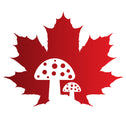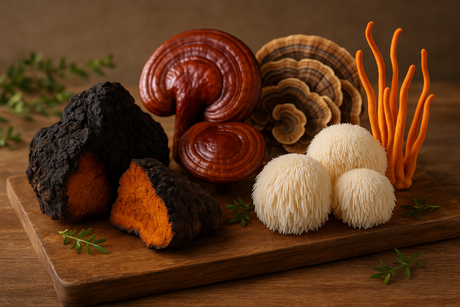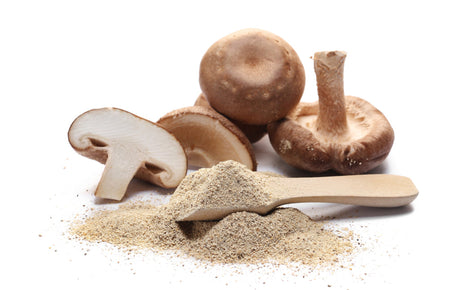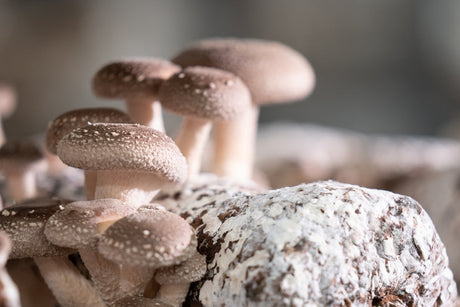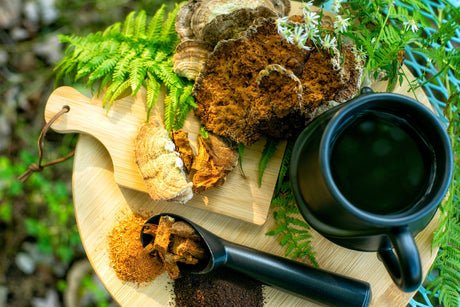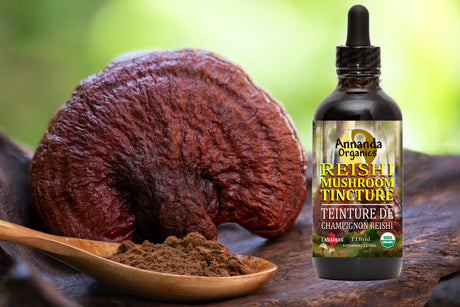
Chaga is not a mushroom
For years chaga was considered a member of the polypore family of fungi, but has recently been re-classified under hymenochaetaceae in the basidiomycetes genius.
Polypore fungi can be easily distinguished from the other fungi by their hard exterior and "non-mushroom" shape. They typically grow on wood acting as forest decomposers. Helping to recycle nutrients and minerals from dead or dying trees. A process that can often take several hundred years from a single downed tree.
White rot fungi vs Brown rot fungi
Wood decaying fungal polypores use two different methods to rot or breakdown their host.

Wood is made up of cellulose and lignin. Cellulose is the primary wall of the fungus, while lignin is the second wall inside the cellulose.
Wood can rot in one of two ways: by decaying the white or brown substance. Wood-decaying fungi can be divided into white rot and brown rot fungi.
White rot fungi
A white-rot fungus breaks down lignin using special enzymes, leaving the white cellulose behind. The wood often changes texture after decomposition, becoming soft, fibrous, moist, stringy, or spongy.
Brown rot fungi
Brown rot fungi breaks down white cellulose, leaving behind the brown lignin. The decomposed wood fractures and cracks into cube like pieces.
The chaga fungus penetrates damaged trees threw naturally occurring wounds in order to feed from the nutrients present in the tree's heartwood.
Once chaga penetrates the heartwood of its host the fungus begins feeding upon the tree's naturally occurring cellulose. This digestive process expels massive amounts of nutritional compounds. Which then slowly accumulate and bulge into the tumor like growth known as Chaga.
Chaga's ability to degrade both wood and lignin makes the nutritional value of the tree digestible to insects, animals and even humans.

How does chaga reproduce?
There is so much confusion about Chaga especially when it comes to understanding exactly how this unique fungus reproduces. The fact remains that mycologists and scientists still don't know for sure, but can only speculate, on the sex life of the Chaga Mushroom.
Like all things in nature chaga mushroom has a purpose
This is due largely because to actually find a fruiting body of Inonotus Obliquus in order to study is incredibly rare. It can even be considered the 'Holy Grail' of Mycology.
What has become known as Chaga is in fact, a sterile non-sexed conk and not a fruiting body.
Several years after the host tree has died the chaga fungus will begin to form a large network of tubular pores hidden underneath the bark of the dead host, beginning just above the chaga conk. This network of pores can spread several meters along the vertical span of the tree and remain hidden from view until ready to sporulate.
Outer plates are formed by the fungus around the Cambrian layer which harden to such density that they curl and force the outer bark of the tree to burst open to reveal the ripened fruiting body that was hidden underneath.
Chaga is aptly named Inonotus (to penetrate) obliquus (an angular shift in degrees) because it penetrates tree wounds to feed upon the heartwood; and the angular tubes that contain its reproductive spores are slanted 20-30 degrees upward towards the sun.
Mycologists believe this is to enable spore dispersal allowing wind currents to carry spores to infect nearby damaged trees.
Ironically, it is almost at par to the angular declination of the Earth relative to the Sun.

Another theory exists that because chaga's fruiting body is so rich in enzymes macro-nutrients it makes itself nutritionally 'attractive' to beetles and flying insects who cannot resist their favorite food-stuffs.
As a result, the fruiting body of chaga is usually devoured within a week not leaving much evidence behind.
It is rumored that Chaga can sporulate as many as 2 to 3 times within 7 years after the host tree has died.
What are the Health Benefits of Chaga?
The medicinal mushroom Inonotus obliquus is an ancient folk remedy that has been valued for its beneficial effects for centuries.
Helping to remove free radicals, reduce oxidative stress and destroy tumor cells. Chaga mushrooms are often compared to similar fungi like the Reishi, Shitake, Maitake and Oyster mushrooms.

Ancient folk remedy
Chaga mushroom inonotus obliquus looks like burnt charcoal protruding from a Birch tree. The clinker polypore mushroom grows on birch trees in cold climates and creates concentrated amounts of natural tree medicine.
The use of the medicinal mushroom inonotus obliquus is not widespread in the West. However, it has been used as traditional medicine by indigenous peoples for hundreds of years.
Chaga tea and chaga mushroom extract have been used as a nerve tonic and anti inflammatory and powerful cancer fighter. Chaga mushroom benefits also include prevention against many of the top killers in North America.
Used for centuries in Traditional Chinese Medicine and considered as one of the most powerful healing plants on Earth.
- Improve the immune response
- Lowers blood sugar levels and combat cancer cells
- Helps reduce inflammation
- helps reduce bad cholesterol levels
- Fights heart disease
- Helps prevent blood clotting
- Relieves pain and purifies the blood and the liver
- Adaptogen for the body to heal.
Studies shows that Chaga supplements can support our health and well being with no side effects.
Boosts your Immune System and Fights Inflammation
Ingestion of chaga mushroom helps to stimulate the immune response and lower high blood sugar levels.
Chaga nutrients help to optimize your immune system and offer protection against viruses and other pathogens.
By helping to promote the formation of special proteins chaga regulates the immune system and prevents disease after long term use.
Consuming Chaga stimulates the formation of white blood cells with are essential to fighting off bacteria and viruses.
The Chaga fungus fights inflammation, relieves pain, purifies the blood and protects the liver supporting our overall health and well being. It has also been known to help prevent renal disease after long term use and aid in pain relief in end stage renal disease.
Learn Everything you need to know about Chaga Tea
Side effects of chaga
Findings stated are based on studies with diabetic mice. Not intended to treat or diagnose any disease or condition. Seek medical advice and consult your family physician or health care professional prior to taking mushrooms or are taking blood thinning medications.




